The term "kawaii" is omnipresent in Japanese culture and literally means "cute" or "adorable". More than just an adjective, kawaii has become a true aesthetic and a cultural phenomenon influencing various aspects of daily life in Japan and beyond. From iconic characters like Hello Kitty to everyday consumer products, kawaii is everywhere and continues to captivate generations of fans.
The origins of the kawaii style
The kawaii style emerged in the 1970s, a period marked by significant social and cultural changes in Japan. This movement was partly a reaction to the austerity of previous decades. Young Japanese began to adopt a round, childlike handwriting, known as "burikko-ji", which symbolized a return to innocence and gentleness. Companies like Sanrio quickly capitalized on this trend, creating adorable characters and products that embodied the kawaii aesthetic.
The media played a crucial role in the spread of the kawaii style. Teen magazines, television shows, and comic books have all helped popularize this aesthetic. The rapid economic development of Japan during this period also allowed consumers to indulge in the purchase of kawaii products, transforming a simple trend into a major cultural phenomenon.
The principles of kawaii style
The kawaii style is characterized by specific visual and conceptual elements. Pastel colors, rounded shapes and simplified patterns are omnipresent. kawaii characters are often depicted with large, expressive eyes, smiling faces and childlike proportions, reinforcing the image of sweetness and innocence.
Beyond appearance, kawaii also encompasses behavior and attitude. Adopting kawaii often means adopting a certain way of speaking and behaving, promoting kindness, shyness and humility. This behavioral dimension is reflected in language, with the use of cute words and expressions, as well as in fashion, where kawaii clothing and accessories allow you to appropriate this aesthetic in a tangible way.
The place of kawaii in popular culture
The kawaii style has deeply influenced Japanese popular culture, particularly through manga, anime and video games. Characters like Pikachu, Totoro and Sailor Moon have become global icons, embodying the kawaii aesthetic. Mascots, or "yuru-chara", used to represent cities, businesses or events, are also a manifestation of this culture of cuteness.
Idols and music groups also play a central role in promoting kawaii. These young performers are often styled to embody the kawaii aesthetic, with elaborate costumes, cute choreography, and a carefully controlled public image. Fans in turn adopt this aesthetic, creating a close-knit community around these symbols of kawaii culture.
Kawaii and the Japanese Economy
The kawaii style has become a major economic driver in Japan. Companies like Sanrio (which we mentioned earlier in this article), creator of Hello Kitty, have built empires on the basis of kawaii characters. Kawaii products range from toys and stationery to clothing and electronic gadgets, generating billions of yen each year. Kawaii marketing is ubiquitous, with strategies aimed at making consumer products more appealing by associating them with this aesthetic.
Tourism is another sector where kawaii plays a crucial role. International visitors are drawn to theme parks, shops and cafes dedicated to kawaii characters. Events and festivals highlighting this aesthetic also help promote Japan's image as the capital of kawaii style, thereby increasing its tourist appeal.
The kawaii in Japanese cuisine
Cuisine does not escape the influence of kawaii. bentos, or lunch boxes, are often decorated in adorable ways, transforming foods into cute characters or attractive designs. This attention to presentation makes mealtimes more fun and enjoyable, especially for children.
Themed cafes, such as Hello Kitty cafes or Pokémon cafes, offer immersive dining experiences where every detail, from the interior design to the food served, is designed to be cute. These establishments are popular not only for their food offerings, but also for the photo opportunities and souvenirs they offer visitors, contributing to the kawaii economy.
The kawaii style internationally
Kawaii has gone far beyond Japanese borders, finding fans all over the world. In the West, brands and designers are incorporating kawaii elements into their products and designs, influencing areas such as fashion, interior design and media. Events like anime conventions and pop culture expos celebrate this aesthetic, attracting thousands of fans.
The impact of kawaii is also seen through international collaborations, where Western brands partner with Japanese companies to create unique products. This fusion of cultures shows how kawaii has been globally adopted and adapted, becoming a universal aesthetic language that transcends cultural barriers.
Kawaii style is much more than just an aesthetic trend; it is a cultural phenomenon that has profoundly influenced various aspects of Japanese society and continues to expand internationally. By embracing cuteness, simplicity and joy, kawaii provides an escape from the rigors of everyday life and allows people to connect to a sweeter, more innocent part of life. Its evolution and global adoption are a testament to the power of this aesthetic to touch hearts and inspire generations.




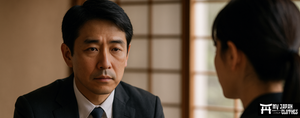

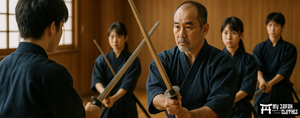



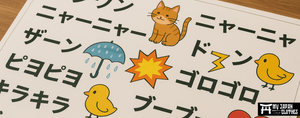
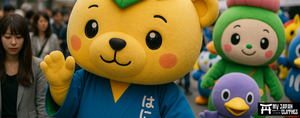
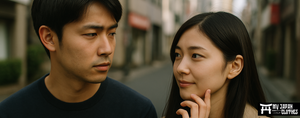
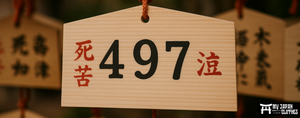
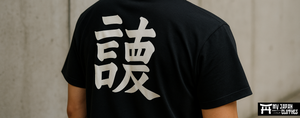
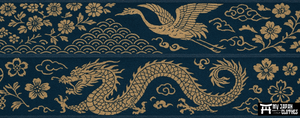





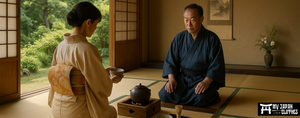
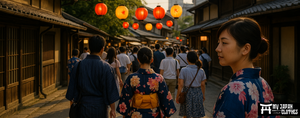
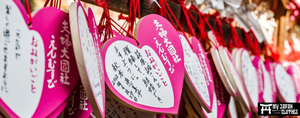
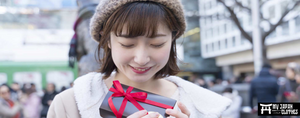
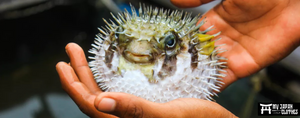

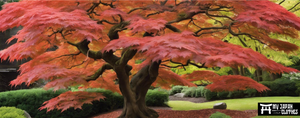

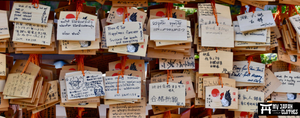
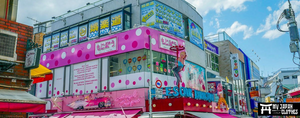
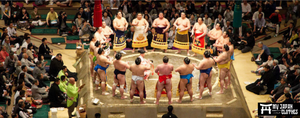













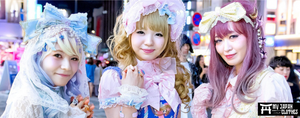

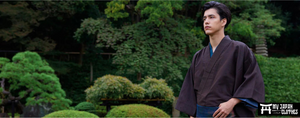
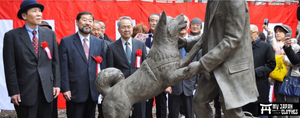
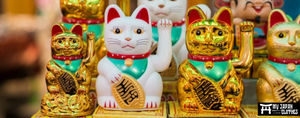
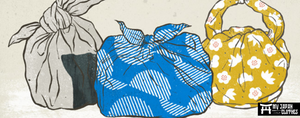
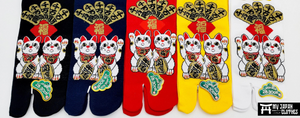
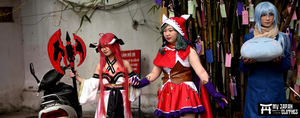
Leave a comment